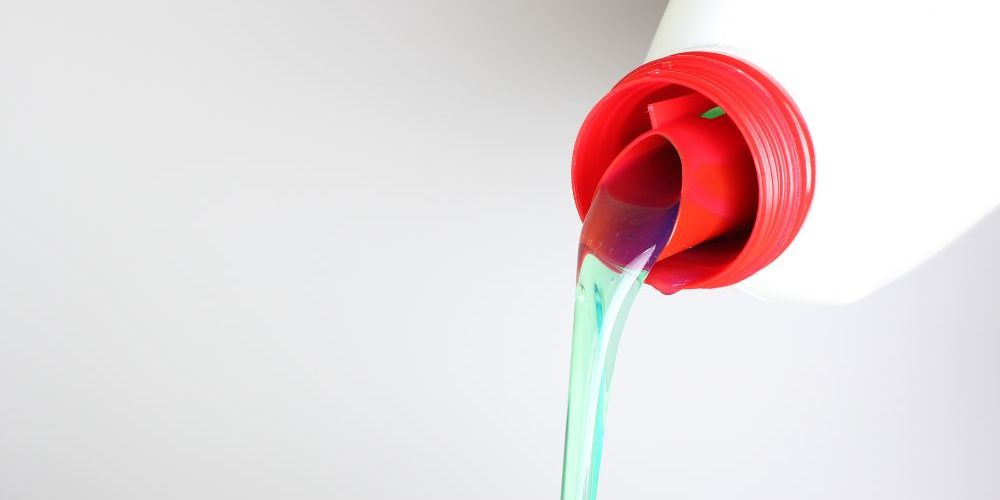The last time you heard the term “sulfonic acid” was probably in a college or high school chemistry class. This shouldn’t be too much of a surprise. After all, this compound typically isn’t the center of casual conversations, unless you’re a chemist or chemical engineer.
However, what may be more surprising is how common sulfonic acid is in many of the products we use daily. For example, sulfonic acid in liquid soap plays a key role in creating the rich lather and effective cleansing we rely on. Take a moment to explore some of these products and discover just how beneficial this compound can be.
Detergents (and Similar Products)
Believe it or not, sulfonic acid is found in various detergents and other cleaning products. Sulfonic acid liquid formulations are especially helpful in:
- Powder and liquid laundry soaps
- All-purpose cleaners
- Toilet bowl cleaners
Sulfonic acid’s primary role in these products is to eat away at the dirt, grime, and stains on clothing and surfaces. This acid is mostly why your favorite soaps, sprays, and stain removers are so effective in keeping everything clean.
Sulfonic acids work well in detergents because they have a negatively charged ion. Thus, when they hit a surface positively charged with dirt and other particles, the sulfonic acid breaks down those molecules and essentially eats them.
Sulfonic acids are also surfactants, meaning they can lower the surface tension of liquids. This creates better wetting and cleaning powers in certain products.
Various Kinds of Dye
If you’ve ever dyed Easter eggs, cake icing, or any other type of food, you likely did so with a product using sulfonates. Your favorite vibrant blouse may have also been manufactured similarly. Almost all dyes and pigments we use in everyday applications like clothing and food utilize sulfonic acids.
Sulfonic acids contain sulfonates. These tiny components are ideal intermediaries that produce acidic catalysts in creating dyes—particularly water-soluble dyes. Sulfonic acids are also known for binding tightly to proteins and carbohydrates. This characteristic makes the compound effective with washable dyes as well.
Lignosulfonates in Paper
Believe it or not, one of the most common products that contains sulfonic acids is paper. If you took apart a piece of paper molecule by molecule, you might not be able to find sulfonic acid’s complete chemical compound, but paper creation would be impossible without sulfonic acids. Papermaking requires the removal of lignin from lignocellulose. This is done by treating wood chips that will later be pressed into sheets of paper with sulfonic solutions.
To remove lignin, sulfite and bisulfite solutions must be applied to the chips. The resulting reagents are processed to the next step of paper creation. Various products use or include sulfonic acids. As such, it’s a vital compound involved in the design of numerous products we use daily.
If you’re in the market for sulfonic or para toluene sulfonic acid manufacturers to help with product production, you can give Capital Resin Co. a call!







